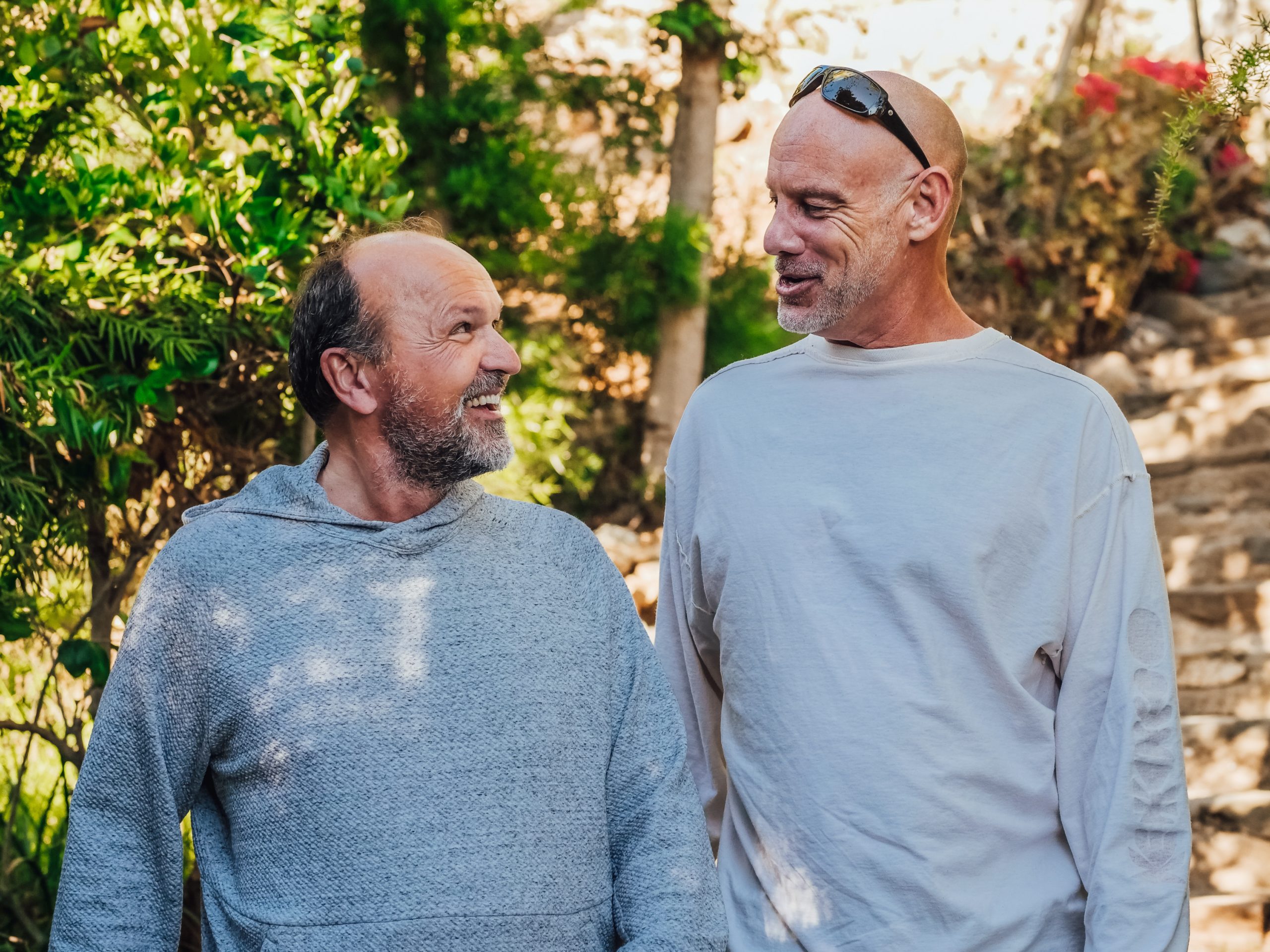How to Jazz Up Your Relationship in 4 Unusual Steps
Jazz—sexy, unexpected, sultry, unscripted, engaging. Sound like your relationship? If not, here’s how to make it happen.
-
Improvise
In jazz, improvisation means composing music in the moment to communicate emotions and respond to others. In a relationship, the ability to improvise in the here-and-now allows you to be aware of the emotional nuances of your love.
A story about waltzing
Frank and Edna have been together for six years. On evenings when they arrive home from work, they give each other a quick peck on the lips and ask each other about the day. It’s an old tune. Frank says, “Good, how about yours?” Edna may say about the same thing, or she may talk about an issue or problem for a while and then move on to other subjects. This is a waltz—predictable and without surprise, really a ritual rather than an in-the-moment experience of connection. It’s comfortable.
Improvisation might look like this:
When asked about his day, Frank says, “I thought about you at least 37 times today, and now I want to hold you.” The ritualistic spell has been broken. Jazz takes over and Frank and Edna are immersed in the immediacy of their connection.
Improvisation deepens understanding and creates delight.
-
Understand polyrhythm
Polyrhythm in music is using two or more conflicting beats at the same time. Think rubbing your tummy at one speed while patting your head at another. It makes jazz complex and interesting. In a relationship, one person is the tummy rhythm while the other is the head rhythm.
 Expectations vs. reality
Expectations vs. realityThis polyrhythm can create conflict. If you expect your partner’s “rhythm” to be the same as yours, it’s going to create tension, anger, and fights. Rhythm in a relationship takes many forms—sleeping patterns, need for sexual contact, preference for noise versus silence, and on and on. Frank loves to go to sleep with the television on; Edna has to wear a mask and earplugs if they want to sleep in the same bed. No matter how much in love, no two people are enough alike to avoid polyrhythm.
You say potayto really fast and I say potahto really slowly
Too many couples can’t find ways to understand or deal with their differences. And they end up driving each other batty and interpreting their different “rhythms” as proof that they are incompatible.
But like polyrhythm in jazz, these differing beats, while they make relationships challenging, also make life together interesting and exciting. People who are not afraid of being different from each other are not only able to cope with their partner’s annoying “rhythms” but also to relish the ambiguity of living with someone who is ultimately the most interesting and imperfect person they know.
“Better call the calling off off. . . “
as Fred and Ginger sang way back before most of us were born. The Gershwin brothers knew even then that polyrhythm builds your relationship’s richness. It’s the heart rhythm that drives the music of your love.
-
Syncopate your relationship
Syncopation involves using unexpected accent rhythms that make the music offbeat. Dave Brubeck’s jazz classic “Take 5” is a great example.
Safety pins can be fun
Syncopating a relationship takes imagination and creativity, but it’s not rocket science. An old woman I once knew told me that early in her marriage, many years ago, she used fourteen safety pins to connect her pajama bottoms to her pajama top—all for the purpose of surprising her young husband in bed that night, adding some intrique, and changing the rhythm of their relationship. How do you think that turned out?
Syncopation of your thoughts and actions add surprise, delight, and wonder to a relationship. Do something offbeat. Change it up. Be different together.
-
Create distortions
Jazz musicians use sound-wave alterations, or distortions, to produce warm and fuzzy sounds, giving the music a different feel. Often relationships are crying out for a different tone.
 Distort your tone
Distort your toneOne of the complaints I hear most when I work with couples is about the tone of voice used and the lack of awareness of that (grating, hypercritical, condescending, annoying, you-name-it) tone. Becoming conscious and mindful of your own tone of voice is hard. Tone of voice comes unconsciously, automatically in response to a quick feeling or situation.
When you become aware (digital recorder, perhaps?), you can distort your automatic tone to create a different effect in your relationship. Tone it down, distort it to softness, ramp up its longing. Jazz is about connecting emotionally.
In love, it goes something like this (trite, I know): Edna asks old question –“Do I look fat in this dress?” Frank answer (said in a quiet, inviting voice and with a hug)—“You look sexy gorgeous in that dress, but even better without it.” Warm and fuzzy feelings result for both.
So–do something unexpected. You could even download a little Miles Davis to get started.







